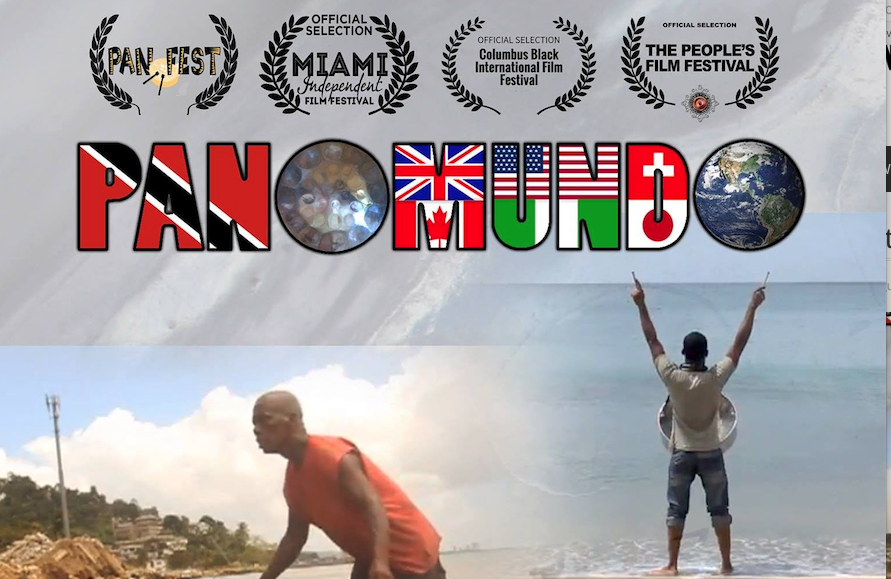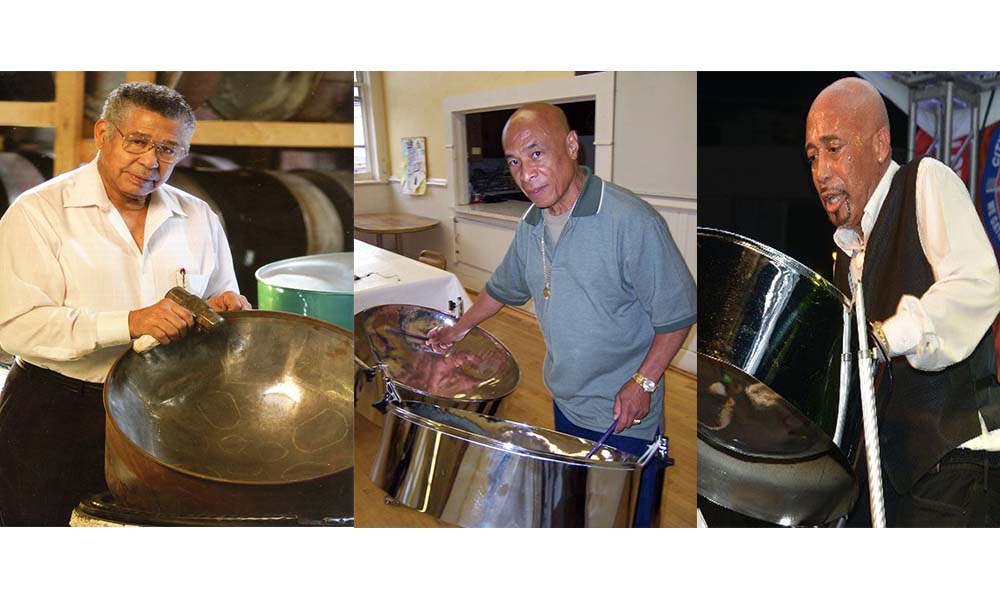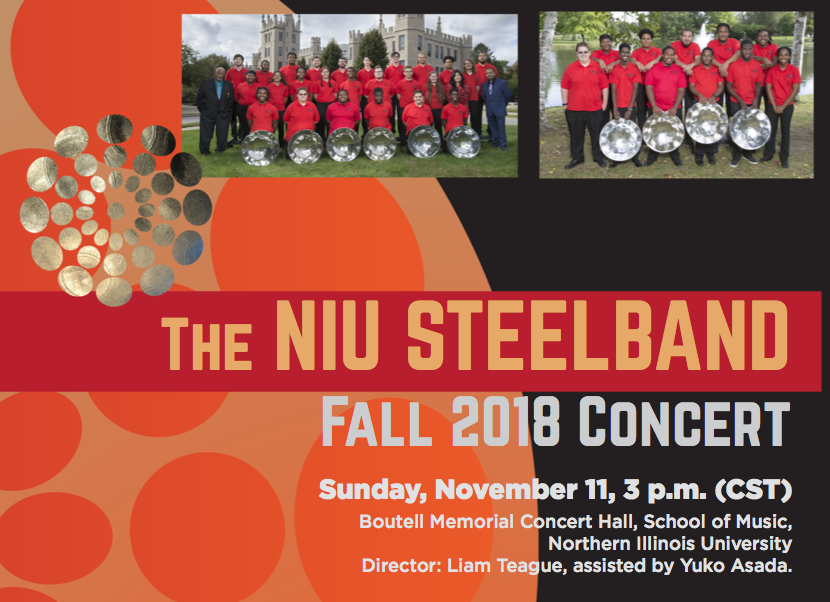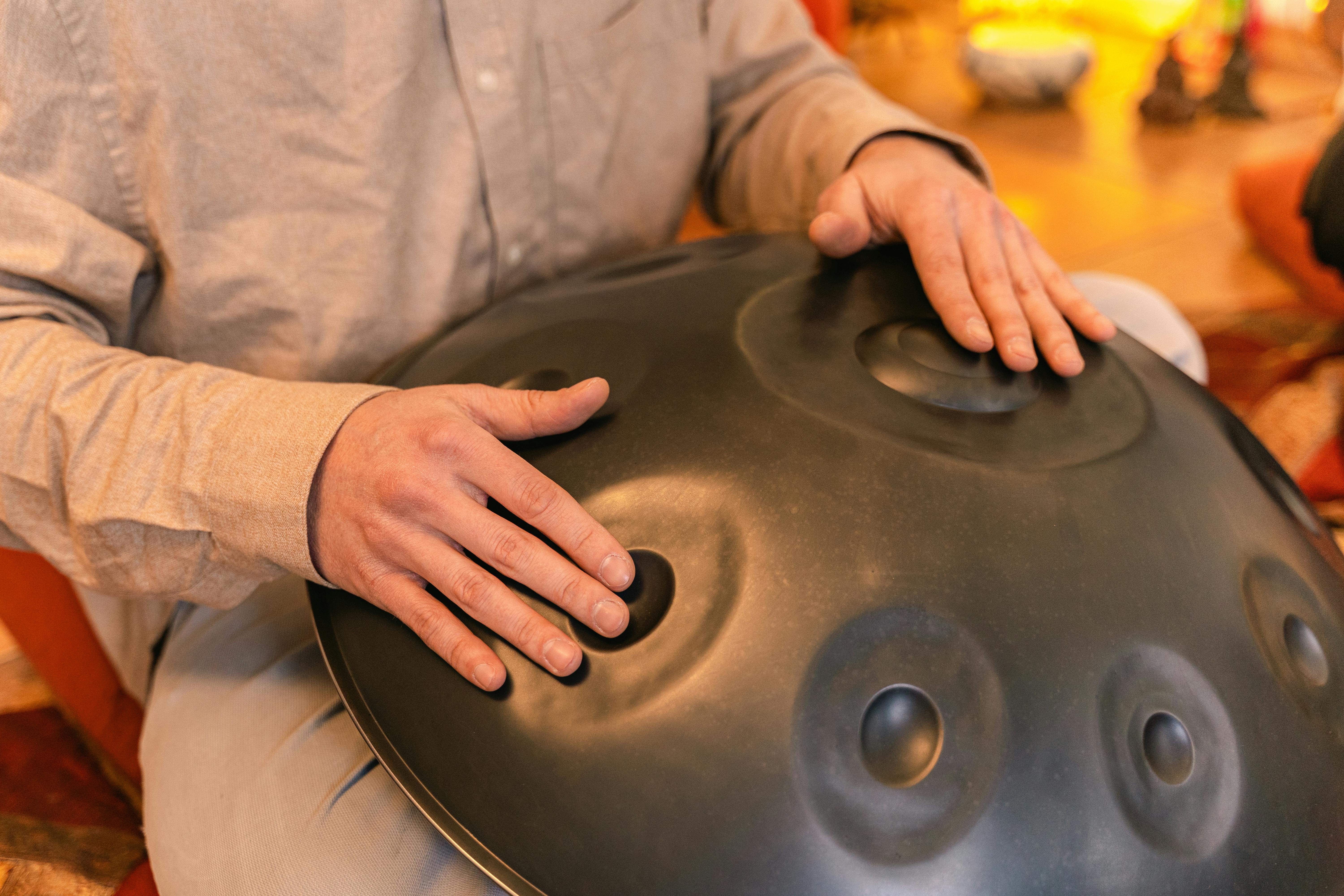Setting out with the goal of telling the story of steelpan in a documentary, two award-winning filmmakers, Keith Musaman Morton and Charysse Tia Harper, traveled to Trinidad and Tobago in 2012. By 2015, after traveling to several countries around the world, they had amassed close to 80 hours of footage with countless interview of renowned player, arrangers, tuners and experts, much more than they anticipated. This brought on the decision to split the film into two parts. The resulting films, called Panomundo Parts 1 and 2, are an astoundingly comprehensive, all-encompassing deep dive into the origins and progression of the steelpan instrument and the impact it has had across the entire globe.

Part 1: The Evolution of the Steelpan, opens before the instrument was created, setting up the conditions in which the instrument could exist. The film’s story spans from the introduction of slavery in Trinidad in the late 1700s, after the creation of the first biscuit tins, concave design, 55 gallon barrels, street gang bands and reconciliation, ending with the steelpan receiving international recognition when the Trinidad All-Star Percussion Orchestra (TASPO) performed at the Festival of Britain in 1951.

Filled with fascinating interviews from pan pioneers like Ellie Mannette, Sterling Betancourt and other original members of TASPO, the level of detail captured, including the emotion from the difficult conditions those early pan men endured, was astounding to watch.
With Part 2: Pan Worldwide, the filmmakers took off on a global journey to showcase how pan has grown since its inception, both as a musical instrument and a force for positive change in the world. In possibly the biggest understatement of this review, it’s safe to say that they succeeded in their goal.
Beginning with a discussion of Trinidad Panorama, several experts, including Dr. Jeannine Remy, summarized the impact steel bands have had on the culture of the country, becoming embedded in institutions and creating renowned pan heroes both at home and abroad. It then segues to how pan came to the U.S. with Ellie Mannette and Cliff Alexis building and teaching pan throughout the country in different ways.
 The origins of pan in other countries are told as well, which include the details and key figures from the London, Toronto, New York, Swiss, Nigerian and Japanese pan scenes. What the film does best is capture the connecting threads of what makes pan so special by telling the stories of how one or more people inspired others in a community to start their own steel bands, which further built community and gave people a place to join together for the love of music. It also has helped countless people overcome rough living situations, particularly for young people, who needed inspiration to move their life forward in a meaningful way.
The origins of pan in other countries are told as well, which include the details and key figures from the London, Toronto, New York, Swiss, Nigerian and Japanese pan scenes. What the film does best is capture the connecting threads of what makes pan so special by telling the stories of how one or more people inspired others in a community to start their own steel bands, which further built community and gave people a place to join together for the love of music. It also has helped countless people overcome rough living situations, particularly for young people, who needed inspiration to move their life forward in a meaningful way.
Several more steelpan thought leaders chime in to end the film, describing what they feel are the most important things to come out of the steel band movement and how it will progress. Given the difficulties it has overcome in its history thus far, the films’ chief message is that of hope, describing a boundary-breaking music and culture that knows no limits. One can only hope that these films and their message reach more people to help gather more momentum for the future of pan.
Learn more about the Panomundo documentary films at http://www.xploretheworld.biz/panomundo or follow the project on Facebook at https://www.facebook.com/panomundo. Watch Panomundo Part 1: The Evolution of the Steelpan on Vimeo here: http://vimeo.com/ondemand/panomundopart1









